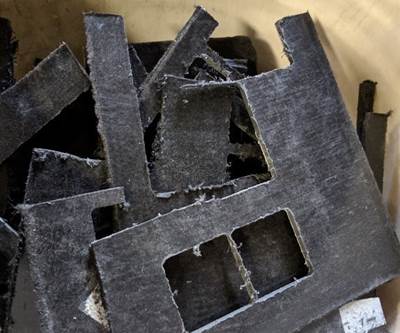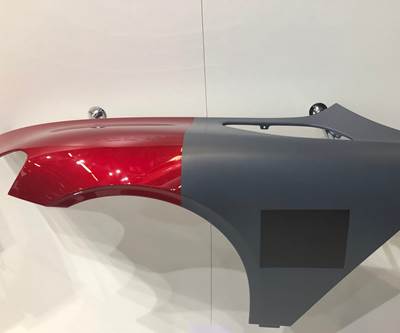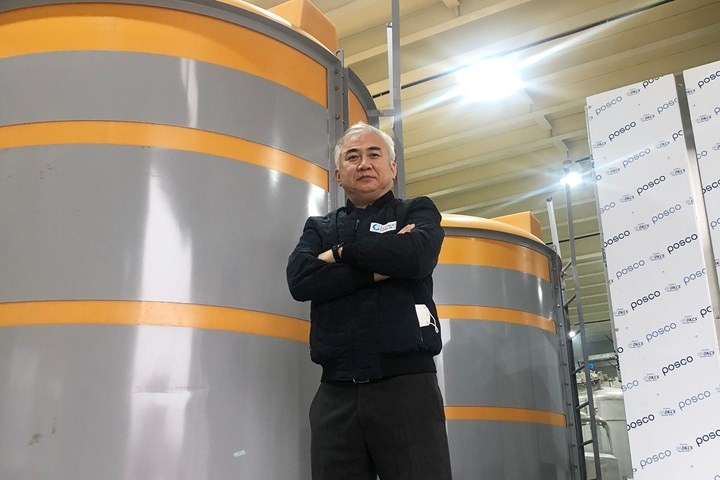
CEO Jin-Ho Jeong. Photo Credit: CATACK-H
Founded in 2017 by CEO Jin-Ho Jeong, CATACK-H (HwaSeong, South Korea) is a chemical treatment-based, carbon fiber composite recycling start-up that currently serves the Korean region, but plans to expand as early as January 2021.
According to Hendrik Neuhaus, international operations manager, the company’s process involves the use of chemical solvents to break down epoxy-based resins in carbon fiber-reinforced plastic (CFRP) parts to recover fibers to reuse as a chopped or milled fiber product.

The current HwaSeong, South Korea facility.
Photo Credit: CATACK-H
At its 65,000-square-foot facility two hours’ drive south of Seoul, CATACK-H currently has capacity to process 300 tons per year of carbon fiber fabrics such as uncured prepregs on a continuous processing line. The company plans to quickly scale this up to 1,000 tons per year with the installation of a second, 700 tons/year line for batch treatment of “harder” materials like cured prepregs and end-of-life (EoL) CFRP parts, expected to go online in January. Current capabilities are for thermoset-based composites, but according to Neuhaus, the company will soon also add processing technology for thermoplastic composites.
Beyond the HwaSeong plant, the company plans to open a new, larger Korean facility by summer 2022, with an additional 4,000 tons/year of processing capacity. So far, the company mainly processes scrap sourced from Korean manufacturers, but longer-term plans include expansion, both of sourcing and of additional recycling facilities, in Europe and North America, as well.
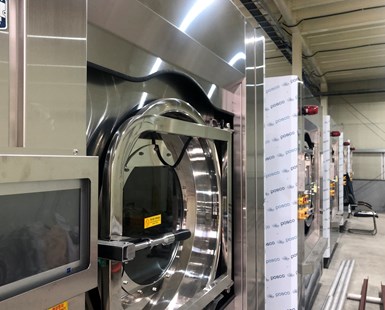
Photo Credit: CATACK-H
Two strengths that set CATACK-H apart, according to Neuhaus, are the company’s sustainable practices, and the high quality and high mechanical properties of the fibers it produces. “The technology is 100% eco-friendly with very little use of energy,” he says, “and doesn’t cause any surface damage to the fibers, so the quality is very high.”
Currently, CATACK-H strives for sustainability three ways:
- Its materials are treated at relatively low temperatures (less than 210°F), requiring less energy compared to high-temperature recycling processes, according to Neuhaus.
- In this process, resins can also be recovered and reused, alongside fibers. During treatment, the polymers’ molecular structure is broken down into smaller units and condensed into another material which can be used, for example, as an ingredient in urethane foam.
- The chemicals CATACKH uses for its treatment process can be reused for six to seven recovery cycles, and Neuhaus says the company is constantly working on improving this chemical formula even further to decrease processing time for even lower energy consumption.
After recovering the fibers and resins from scrap materials, the company produces chopped and precision-cut carbon fiber and milled carbon fiber products, as well as thermoplastic pellets, 3D printing filaments and dry carbon fiber nonwovens (such as carbon paper). It also offers a resin remover powder. Neuhaus says future plans include production of recycled carbon fiber automotive components. “Beyond that, we continue to invest in technology and equipment to supply new types of materials and new forms of applications,” he says.
CATACK-H carbon fiber products
As the company scales up, it will require more waste material. Neuhaus says CATACK-H is looking for “any kind of epoxy-based CFRP,” including dry carbon fibers and fabrics, uncured and cured prepregs, and finished parts. “We also have the technology to recycle carbon fiber/glass fiber pressure tanks (such as hydrogen tanks), and are researching how to recycle wind blades,” he says. Companies interested in partnering with or in learning more about CATACK-H are encouraged to reach out to Neuhaus at neuhaus@catackh.com or to visit catackh.com.
Related Content
The lessons behind OceanGate
Carbon fiber composites faced much criticism in the wake of the OceanGate submersible accident. CW’s publisher Jeff Sloan explains that it’s not that simple.
Read MoreWelding is not bonding
Discussion of the issues in our understanding of thermoplastic composite welded structures and certification of the latest materials and welding technologies for future airframes.
Read MoreASCEND program update: Designing next-gen, high-rate auto and aerospace composites
GKN Aerospace, McLaren Automotive and U.K.-based partners share goals and progress aiming at high-rate, Industry 4.0-enabled, sustainable materials and processes.
Read MoreThe potential for thermoplastic composite nacelles
Collins Aerospace draws on global team, decades of experience to demonstrate large, curved AFP and welded structures for the next generation of aircraft.
Read MoreRead Next
Commercial-scale carbon fiber recycling comes to Tennessee
Accepting carbon fiber waste materials now, Carbon Fiber Recycling will recycle 2,000 tons of carbon fiber waste per year at its Tennessee facility.
Read MoreThe state of recycled carbon fiber
As the need for carbon fiber rises, can recycling fill the gap?
Read MoreAll-recycled, needle-punched nonwoven CFRP slashes carbon footprint of Formula 2 seat
Dallara and Tenowo collaborate to produce a race-ready Formula 2 seat using recycled carbon fiber, reducing CO2 emissions by 97.5% compared to virgin materials.
Read More

.jpg;width=70;height=70;mode=crop)
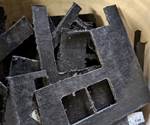
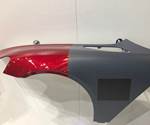




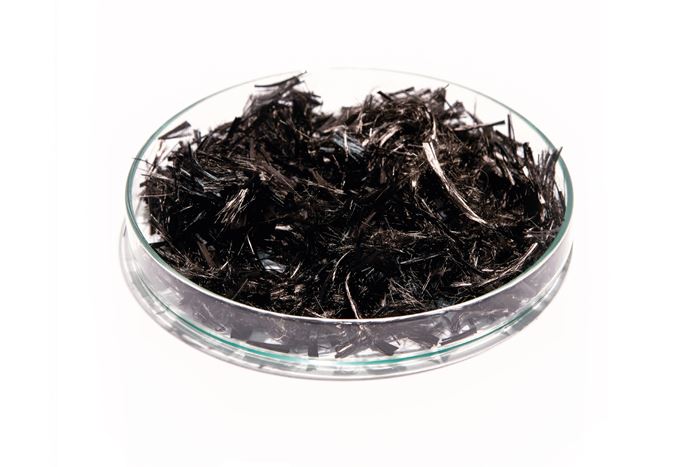
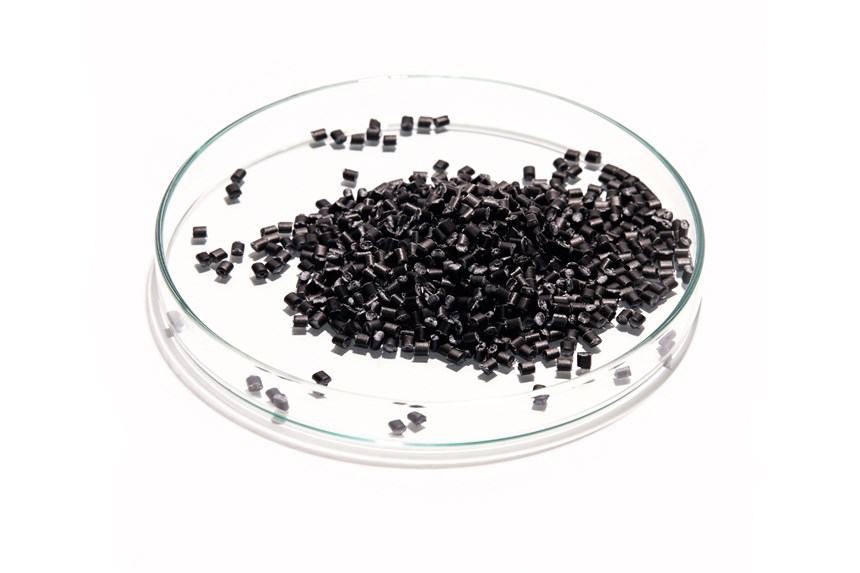
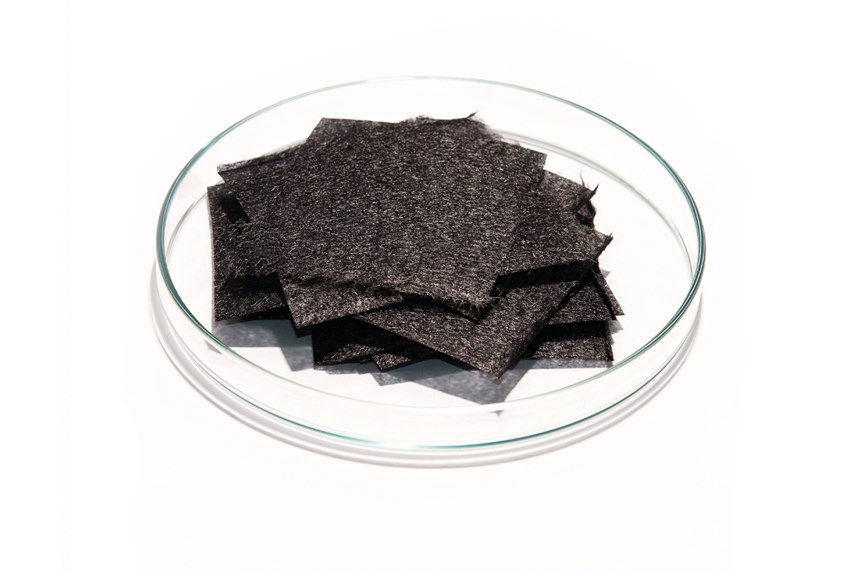
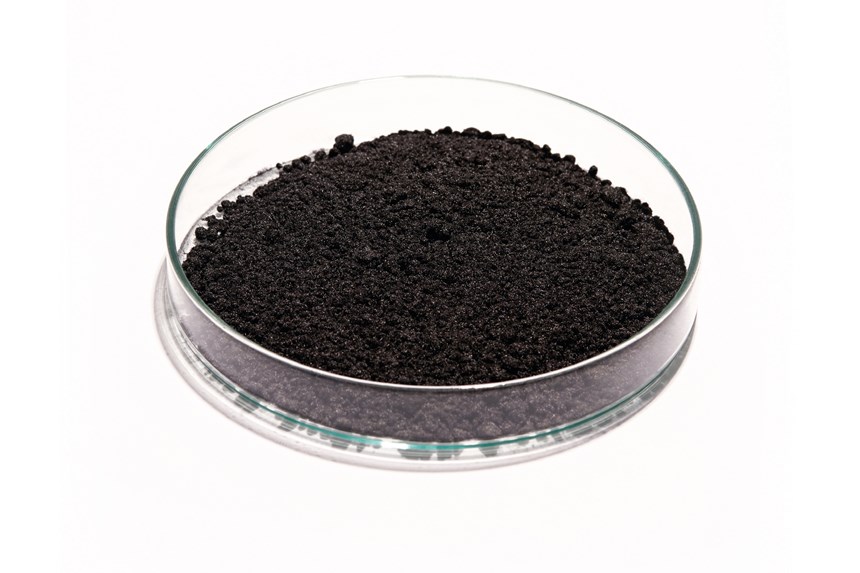
.jpg)











